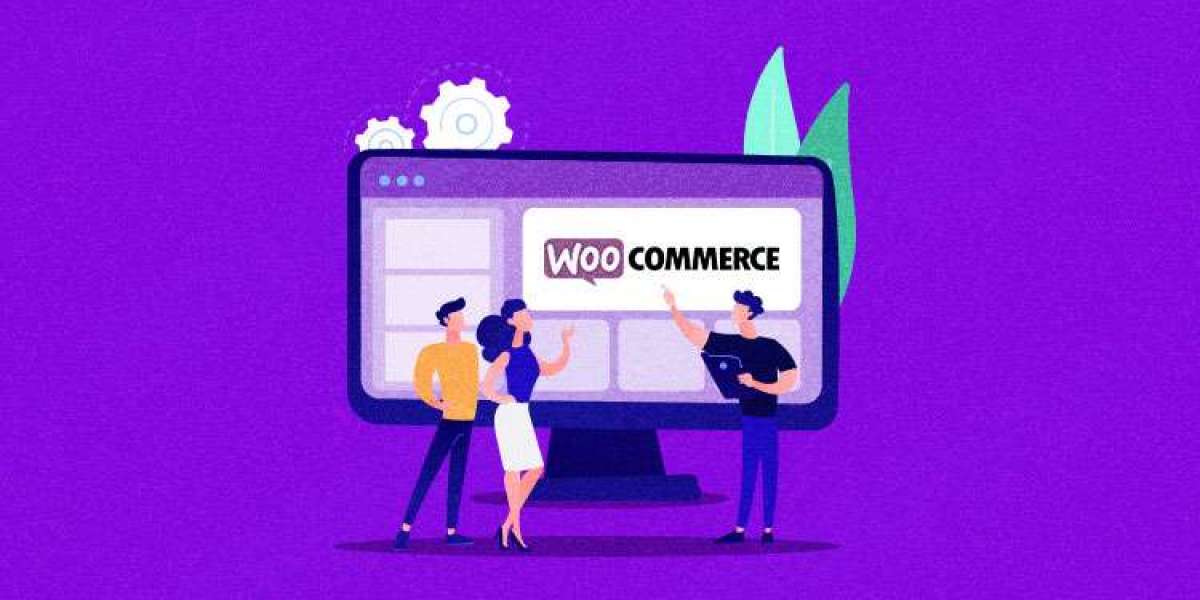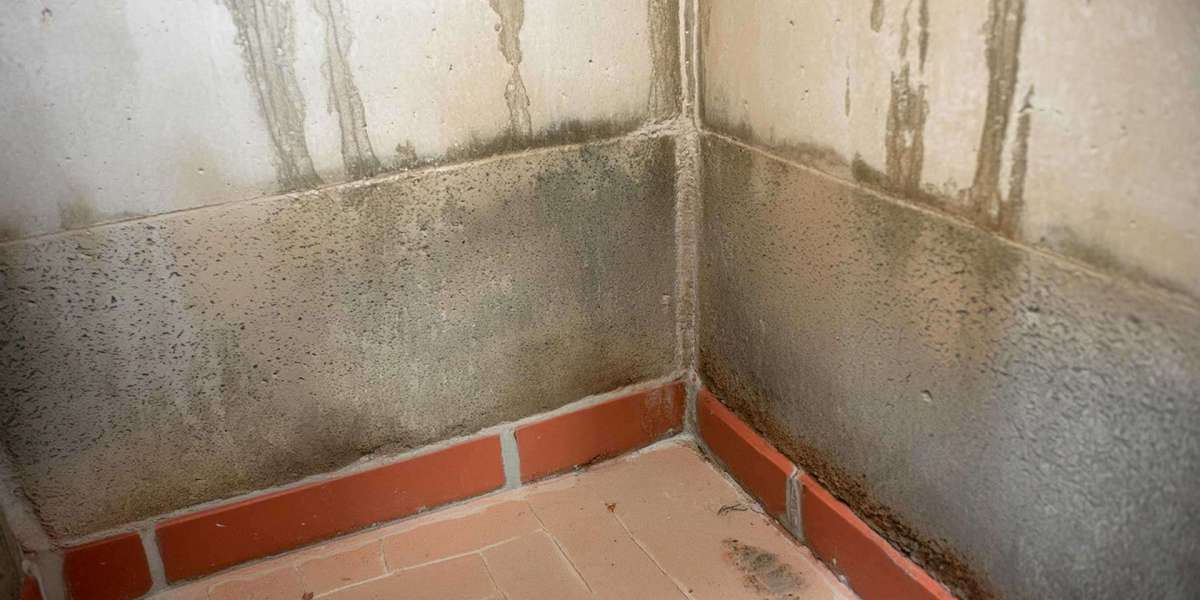In today's competitive e-commerce landscape, page speed is critical to ensuring a positive user experience, better search engine rankings, and higher conversion rates. For WooCommerce store owners, optimizing page speed is even more crucial as the platform's dynamic functionality can sometimes lead to slower load times. Achieving perfect Core Web Vitals, which Google uses as a ranking factor, should be a key priority for WooCommerce sites aiming to enhance user experience and maximize revenue.
This guide will dive into the technical aspects of optimizing WooCommerce performance to meet Core Web Vitals criteria, offering actionable tips for developers and IT professionals. Collaborating with a WooCommerce Development Company can further enhance these efforts, providing expert insights and solutions tailored to improve your store’s performance and user experience.
Understanding Core Web Vitals
Core Web Vitals are a set of metrics that Google uses to measure the quality of user experience on websites. These metrics focus on three key areas:
Largest Contentful Paint (LCP): Measures how quickly the main content on a page loads. Google recommends an LCP of under 2.5 seconds.
First Input Delay (FID): Tracks the time it takes for a page to become interactive. The ideal FID is less than 100 milliseconds.
Cumulative Layout Shift (CLS): Measures visual stability by detecting unexpected layout shifts during loading. A CLS score below 0.1 is considered good.
Why WooCommerce Stores Struggle with Core Web Vitals
WooCommerce sites tend to have dynamic content, such as product listings, reviews, and a range of plugins, which can slow down load times. Additionally, themes, high-resolution images, and complex scripts can exacerbate speed issues. However, by taking strategic optimization steps, WooCommerce stores can achieve perfect Core Web Vitals and improve both SEO and user experience.
Key Strategies for WooCommerce Page Speed Optimization
1. Optimize Hosting Environment
The foundation of a fast WooCommerce store lies in choosing a reliable hosting provider. To improve speed:
Select Managed WooCommerce Hosting: Managed hosting environments like Kinsta, WP Engine, or SiteGround are optimized for WordPress and WooCommerce performance. They offer server-side caching, CDN integration, and optimized PHP configurations, which are critical for reducing load times.
Use the Latest PHP Version: WooCommerce sites perform better on the latest versions of PHP. Ensure your site runs on PHP 8.0 or higher for speed enhancements.
Enable Server Caching: Leverage server-level caching solutions to speed up dynamic content delivery. Most managed hosts offer built-in caching tools designed to work with WooCommerce.
2. Optimize Images and Media
Images can be one of the biggest culprits of slow load times, especially in product-heavy WooCommerce stores. To improve LCP and overall speed:
Compress Images: Use image optimization tools like Smush or Imagify to automatically compress images without losing quality.
Implement WebP Format: Convert images to modern formats like WebP, which provide better compression and faster load times compared to traditional JPEG or PNG formats.
Lazy Load Images: Enable lazy loading to defer the loading of offscreen images until a user scrolls down the page. This reduces initial page load time and improves LCP.
3. Optimize WooCommerce Database
WooCommerce stores typically have larger databases due to product information, customer orders, and transaction data. Optimizing the database helps improve FID and overall site speed:
Clean Up Post Revisions and Transients: WooCommerce sites accumulate unnecessary post revisions and transients over time. Use tools like WP-Optimize or Advanced Database Cleaner to delete unnecessary data and reduce database bloat.
Use a Database Caching Plugin: Plugins like WP Rocket or W3 Total Cache come with database caching features that optimize queries and reduce the load on the database.
4. Minify CSS, JavaScript, and HTML
CSS, JavaScript, and HTML files can significantly slow down your site’s loading time if not optimized correctly. To enhance LCP and FID:
Minify CSS and JavaScript: Use plugins like Autoptimize or WP Rocket to minify and combine CSS and JavaScript files, reducing the number of HTTP requests and file sizes.
Defer Non-Critical JavaScript: Delay loading JavaScript files that are not immediately needed when the page loads. This improves FID and allows the main content to become interactive faster.
Remove Unused CSS: Some WooCommerce themes and plugins load unnecessary CSS. Tools like PurgeCSS can help remove unused styles, reducing the file size and improving performance.
5. Leverage Content Delivery Networks (CDN)
A Content Delivery Network (CDN) helps serve your site’s assets (images, CSS, JavaScript) from multiple locations around the world, reducing server response times and improving load speed:
Use a CDN: Services like Cloudflare, KeyCDN, or StackPath can significantly speed up your site by serving content from the server closest to the user’s location.
Optimize CDN Configuration: Ensure that your CDN is set up to serve both static and dynamic content for maximum performance. Combine your CDN with browser caching rules to enhance LCP.
6. Optimize Plugins
WooCommerce stores often rely on multiple plugins, which can slow down site performance. To improve Core Web Vitals:
Audit Plugins: Review and remove any unnecessary plugins that slow down your site. Use tools like Query Monitor to identify plugins with high overhead.
Choose Lightweight Plugins: Opt for lightweight WooCommerce-compatible plugins that are well-coded and don’t add unnecessary bloat.
Disable Plugin Bloat: Some plugins load scripts and styles on every page, even when not needed. Use the Asset CleanUp plugin to disable specific scripts on pages where they aren’t required.
7. Implement Full-Page Caching
Full-page caching drastically reduces server load by storing fully rendered pages for quicker delivery to users. This improves both LCP and FID:
Enable Full-Page Caching: Plugins like WP Rocket or W3 Total Cache offer full-page caching for WooCommerce, ensuring faster page loads for repeat visitors.
Avoid Caching Cart and Checkout Pages: While caching is great for product pages and blogs, avoid caching WooCommerce cart and checkout pages to ensure customers see up-to-date product availability and pricing.
8. Reduce Cumulative Layout Shift (CLS)
CLS occurs when elements shift unexpectedly during page load, creating a poor user experience. To reduce CLS:
Set Size Attributes for Images and Ads: Ensure all images and embedded content have set width and height attributes to prevent layout shifts.
Preload Important Fonts: Use rel="preload" to load important fonts early, reducing CLS caused by text reflows.
Use CSS to Reserve Space for Dynamic Content: For elements like banners or pop-ups, use CSS to allocate space on the page, preventing shifts as content loads.
Case Studies: WooCommerce Stores Optimizing for Core Web Vitals
Case Study 1: Fashion Retailer
A large WooCommerce fashion store struggled with slow load times and poor CLS scores due to oversized images and dynamic elements. After optimizing their image compression, minifying CSS, and lazy loading offscreen assets, their LCP improved by 35%, and CLS dropped below 0.1, resulting in a 20% increase in organic traffic. To achieve similar results for your store, consider hiring WooCommerce developers who can implement these optimizations and enhance your site's performance.
Case Study 2: Electronics Store
An electronics retailer using WooCommerce saw improved FID and overall page speed by implementing database caching and upgrading to PHP 8.0. By reducing plugin bloat and deferring non-critical JavaScript, the store achieved perfect Core Web Vitals scores and a 15% boost in conversion rates.
Conclusion
Optimizing WooCommerce for perfect Core Web Vitals requires a strategic approach to hosting, image optimization, database management, and plugin configuration. By leveraging the tips and tools discussed in this guide, you can ensure that your WooCommerce store is fast, user-friendly, and ranked higher in search engine results.
Start implementing these optimization techniques today to enhance your WooCommerce store’s performance and achieve flawless Core Web Vitals!








